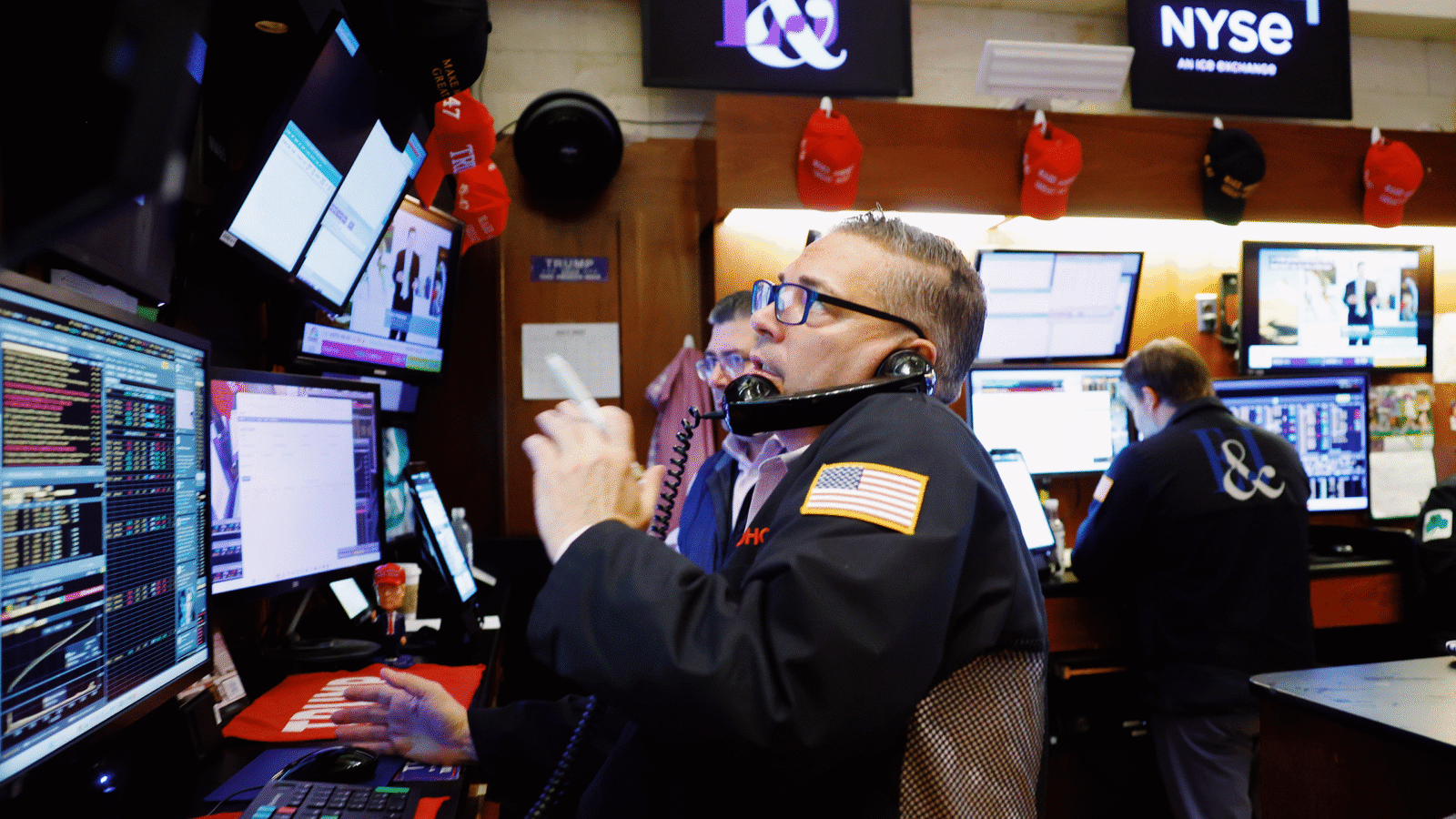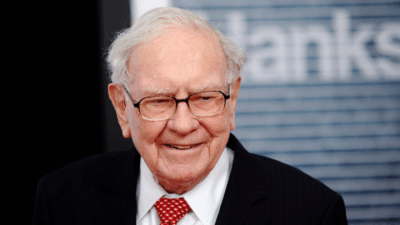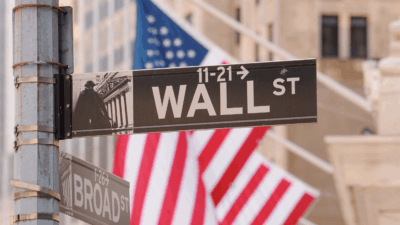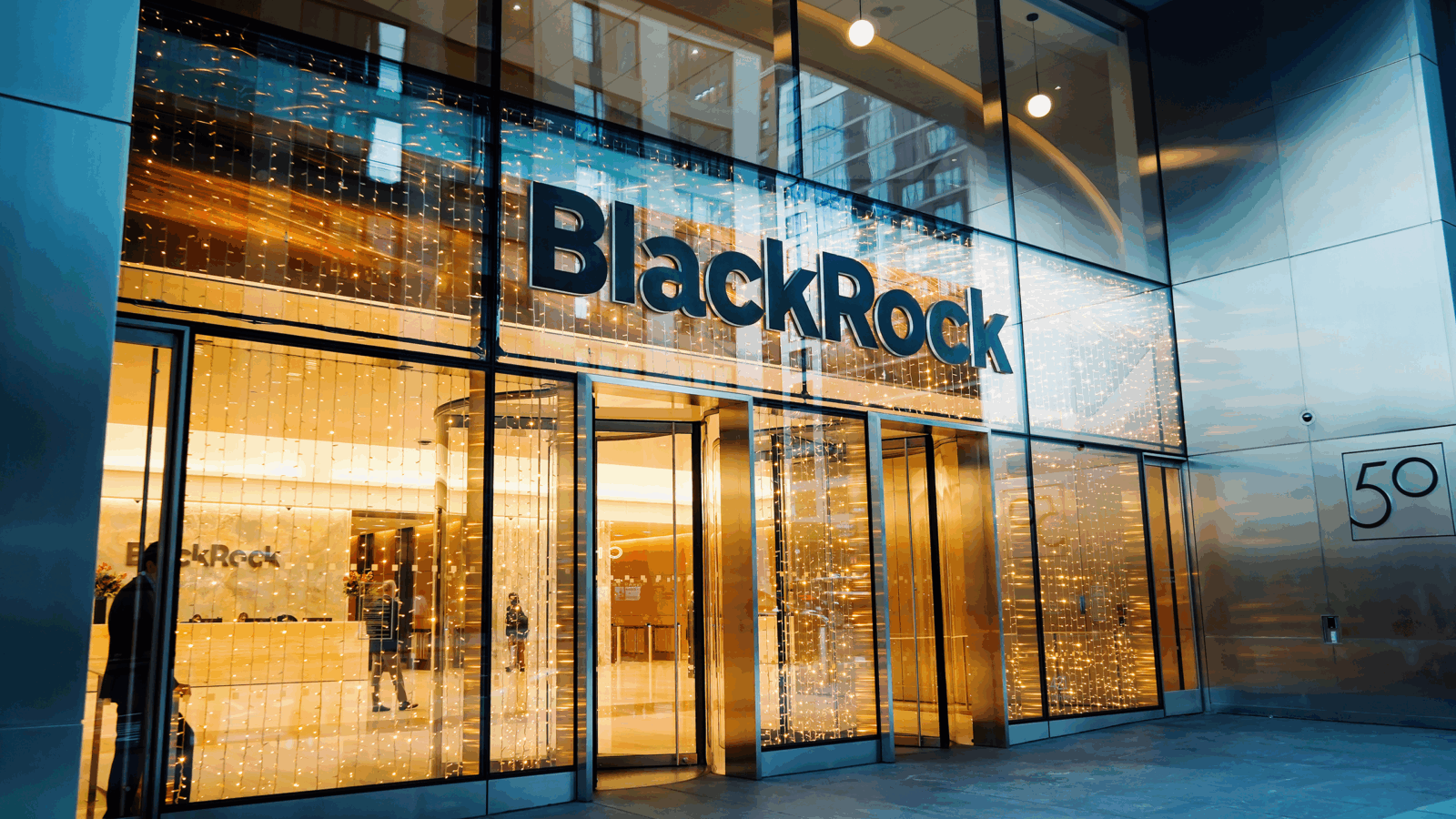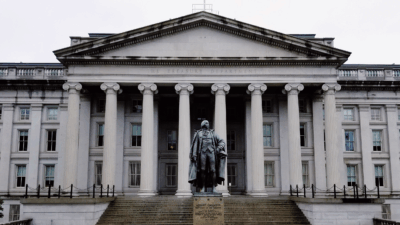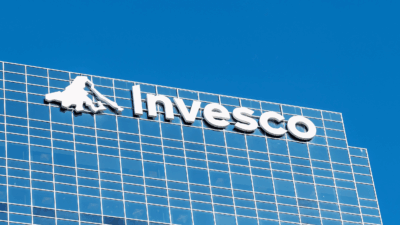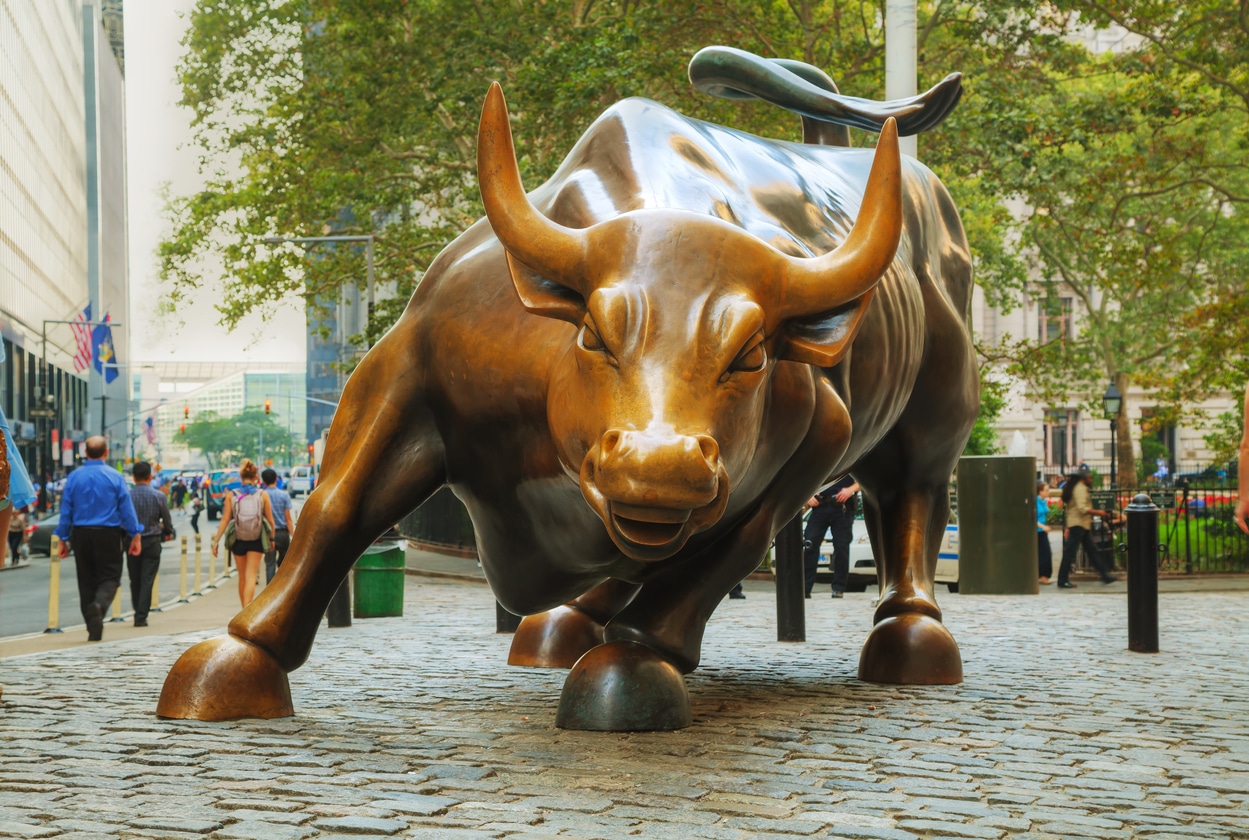
Sign up for smart news, insights, and analysis on the biggest financial stories of the day.
For the first time ever, US markets have turned passive-aggressive.
That is to say, for the first time passively managed index funds now account for more ownership of the US stock market than their actively managed counterparts, new data shows.
Reversal of Fortune
This new phenomenon has been over a decade in the making. At the center of the story are exchange-traded funds — most of which are passively managed — and mutual funds — most of which are actively managed. Last year, according to data from the Investment Company Institute (ICI), 88% of ETF ranges had positive net inflows, while that was only the case for 48% of mutual funds, in line with a ten-year trend.
In fact, actively managed US equity mutual funds have seen net outflows every year since 2005, while the assets held by ETFs quintupled to $7.2 billion in the last decade (that’s grown five times for everyone who stopped paying attention to Latin after quad-). Part of the reason ETFs have grown in popularity is they don’t require a minimum initial investment, something many actively managed funds do. They also tend to charge fewer fees because they’re indexed — a “set it and forget it” investment approach — rather than overseen by managers. That appeal has flipped the market upside down:
- Last year, an incredible $935 billion in ETF shares were issued, nearly double the $501 billion in 2020, which was the previous record. Passive funds now account for 16% of US stock market capitalization, compared to 14% by active funds.
- Ten years ago, active funds held 20% of US shares and passive ones a mere 8%. Since then, about $2 trillion has migrated from actively managed domestic equity funds to passive ones, according to the ICI.
Too Much Power? The massive inflows to the funds industry has coincided with tremendous consolidation — the 25 largest mutual fund and exchange-traded fund sponsors (out of 825) control 83% of the industry’s total assets, up from 67% in 2005, according to ICI. This has led some analysts and academics to raise the alarm over potential for oligopolistic collusion between these players,” Kenneth Lamont, a Morningstar senior fund analyst for passive strategies, told the Financial Times. BlackRock hedged against this last year by allowing its biggest clients to vote directly. But by and large, passive investors still get to keep their feet up.
